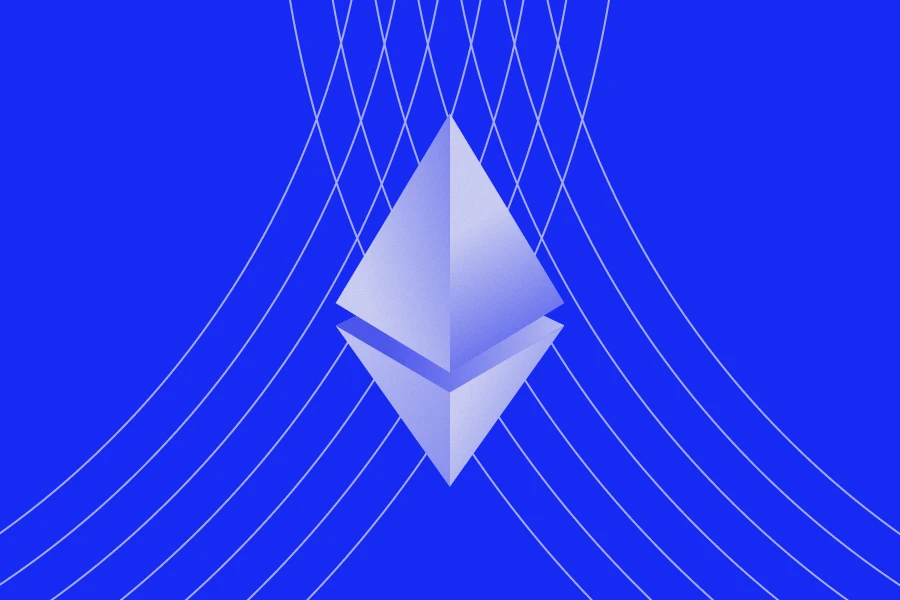
Justin Drake, an Ethereum developer, has unveiled the Beam Chain consensus update proposal, calling it the “most ambitious” project of his career. According to Drake, this initiative required several months of work and incorporates cutting-edge ideas from the Ethereum research roadmap, aiming to enhance network speed and security.
“Beam Chain focuses on faster two-block times, smaller validator shares, ‘chain snarkification,’ and ultimately post-quantum security for the network,” Drake explained.
How Beam Chain Will Improve Ethereum’s Consensus
The proposal includes leveraging SNARK technology to validate computations without revealing data, enabling faster block creation — four seconds instead of the current 12 — with finalization within three slots. Drake also suggested replacing epochs with slots.
Another feature of Beam Chain is reducing the staking requirement for validator nodes from 32 ETH to 1 ETH, which Drake described as a “fantastic opportunity to attract new participants.”
“This initiative addresses mistakes made in the current Beacon Chain consensus layer design of Ethereum,” added Drake.
Development Timeline and Predictions
Specification development for the update may begin in 2025, with implementation expected in 2026. Testing the new consensus could take at least two years, targeting a 2027 launch.
Doug Colkitt, founder of Ambient Finance, speculated that the integration of native zkEVM could eliminate gas limits altogether. This would allow arbitrarily large block creation while minimizing node load through SNARK utilization.
“Developers will be able to create arbitrarily large blocks since nodes will only need to verify the SNARK. The only scaling limit will be bandwidth,” Colkitt explained.
This consensus update could significantly increase Ethereum’s TPS (transactions per second) capacity, potentially removing the reliance on rollups.
Impact on Ethereum
Drake believes this update will represent the most significant protocol change since Ethereum’s transition to PoS but cautions against labeling it Ethereum 3.0, as was done with Ethereum 2.0.
“Don’t call it Ethereum 3.0. It’s not like The Merge,” Drake emphasized.
In addition, on May 19, 2024, Drake confirmed his advisory role with the independent nonprofit Eigen Foundation. However, he ceased his involvement with the project on November 2, 2024.
Finally, it’s noteworthy that Drake revealed Ethereum Foundation’s treasury reserves total $970 million, ensuring funding for the next decade of development.


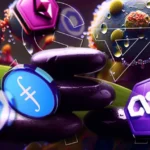


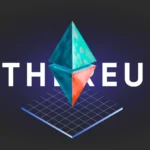
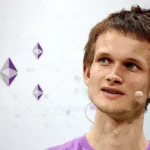
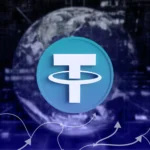
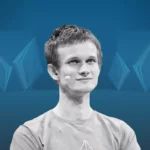





 Cryptol – your source for the latest news on cryptocurrencies, information technology, and decentralized solutions. Stay informed about the latest trends in the digital world.
Cryptol – your source for the latest news on cryptocurrencies, information technology, and decentralized solutions. Stay informed about the latest trends in the digital world.